Home > Climate News >
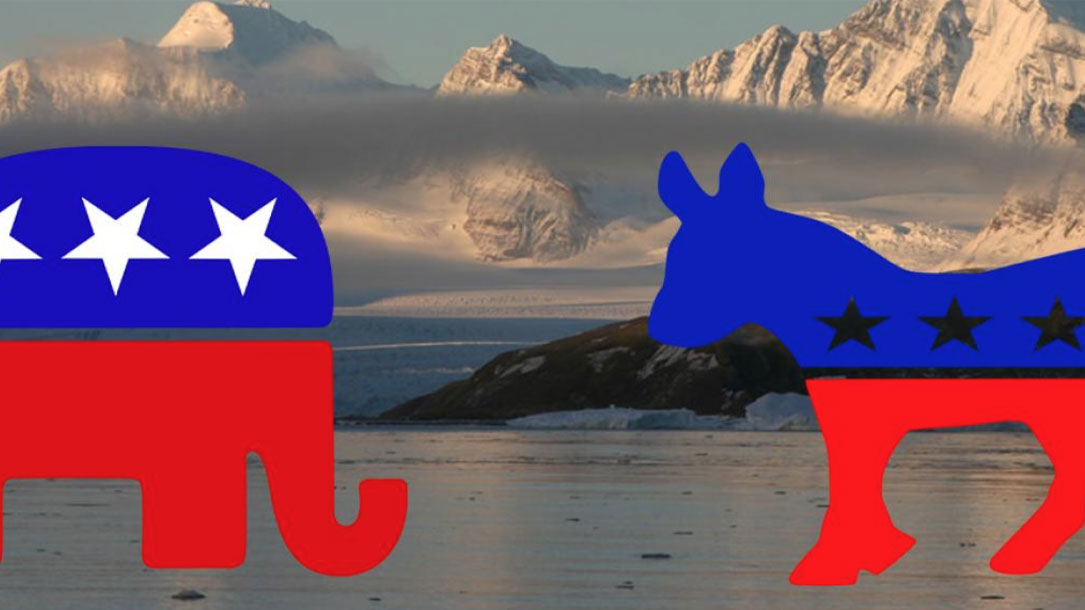
Dems, GOP agree more than they think on climate change
Just how far apart are Republicans and Democrats when it comes to views on climate change?
Not nearly as far as most assume, according to new University of Colorado Boulder research that surveyed more than 2,000 adults.
“Despite what we often hear about the deep divisions between parties, we found that there is actually general agreement that climate change is real, that human activity causes climate change, and that we should do something about it,” said Leaf Van Boven, a psychology and neuroscience professor at CU Boulder and lead author of the study, published today in Perspectives on Psychological Science…
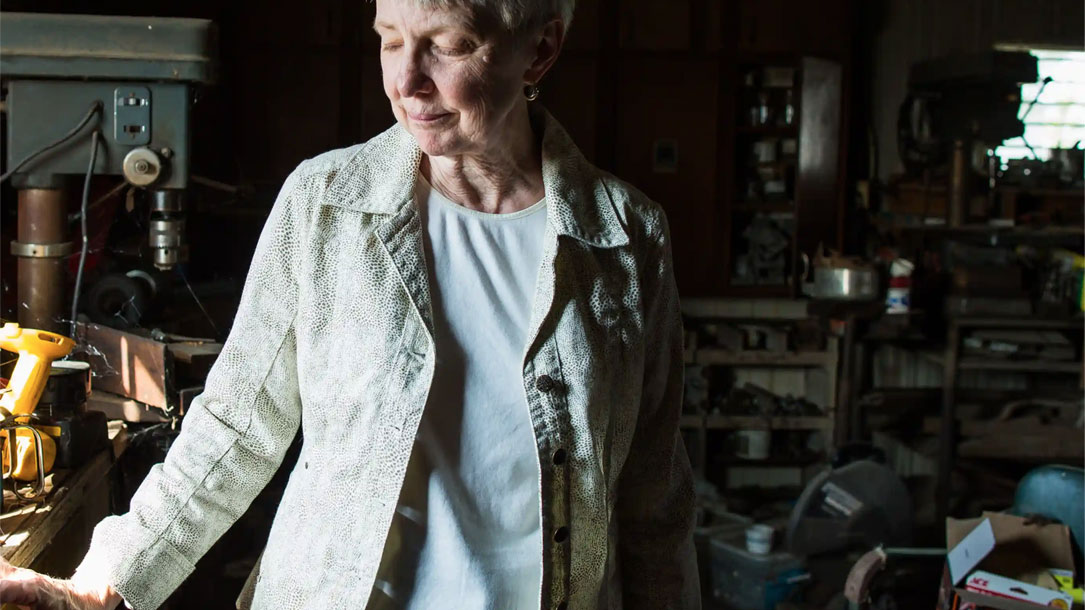
Why are America’s farmers killing themselves?
“It is dark in the workshop, but what light there is streams in patches through the windows. Cobwebs coat the wrenches, the cans of spray paint and the rungs of an old wooden chair where Matt Peters used to sit. A stereo plays country music, left on by the renter who now uses the shop…”
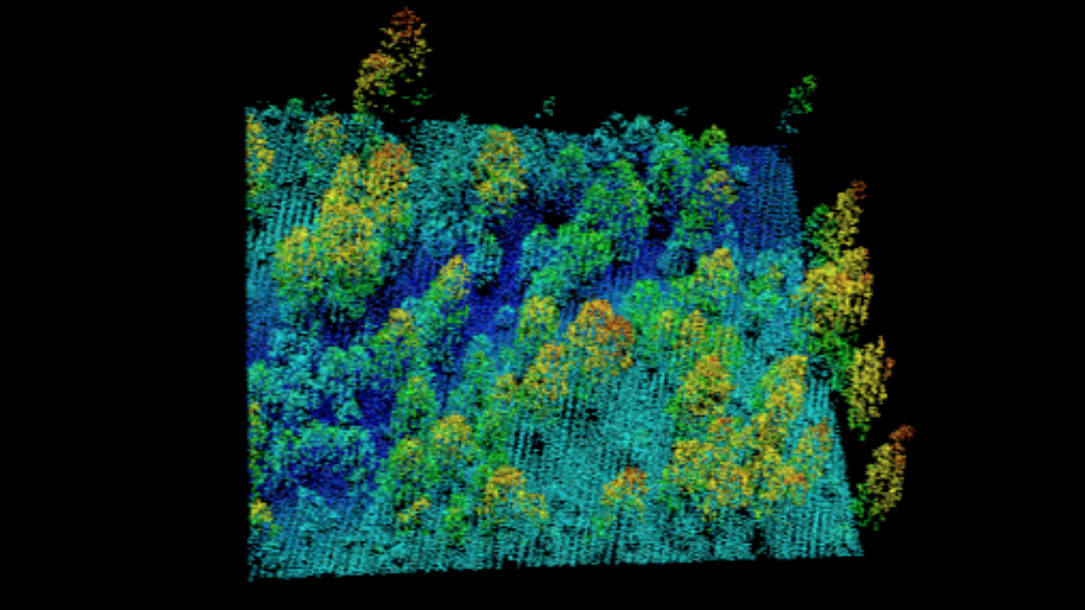
Acre for acre, urban trees can store as much carbon as tropical forest
Conserving trees in villages and urban areas here in the U.S. will help create better living environments for people and animals, and could—if managed well—help off-set carbon pollution.
“Researchers from University College London used a laser-based remote sensing method called LiDAR to build an intricately detailed 3D picture of more than 84,000 individual trees in their home borough of Camden, in northwest London. Then, based on the volumes of trunks and crowns, they calculated the amount of carbon each tree stores…”
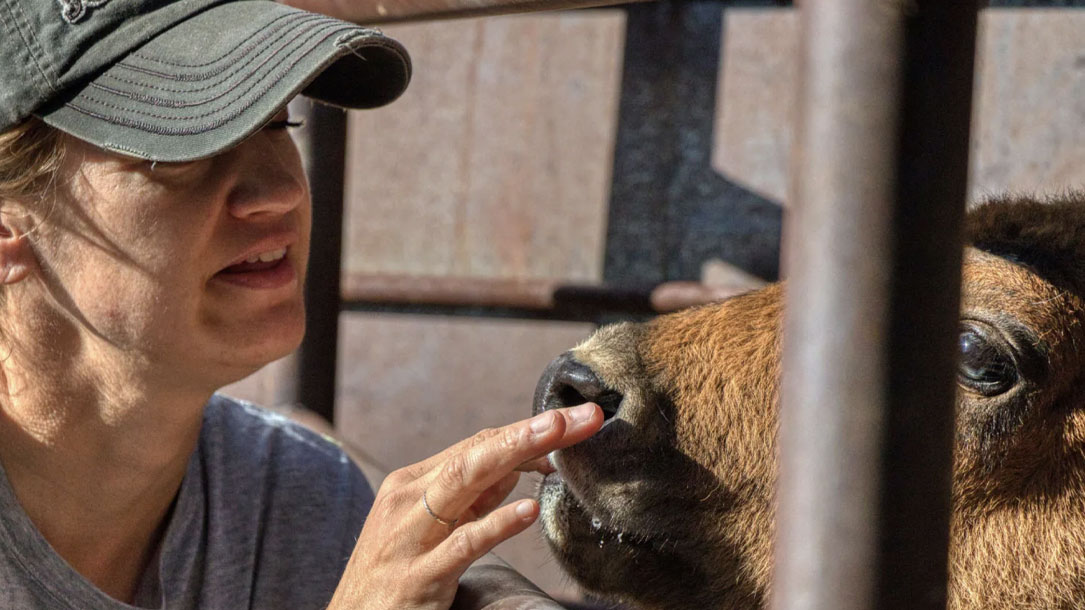
This farmer turns manure into clean water and it may be the future of farming
Austin Allred is so devoted to dairy farming that he switched over to it after growing up as a crop farmer. He now runs Royal Dairy, located in central Washington, where cows are a powerful tool in an astonishing process that creates bio-rich soil and clean irrigation water while cutting down greenhouse gases.
That’s because as much as Royal Dairy cares about what goes into the cows, visitors will quickly realize that their operation is equally concerned with what comes out of them…

Accelerating extinction risk from climate change
“Current predictions of extinction risks from climate change vary widely depending on the specific assumptions and geographic and taxonomic focus of each study. I synthesized published studies in order to estimate a global mean extinction rate and determine which factors contribute the greatest uncertainty to climate change–induced extinction risks. Results suggest that extinction risks will accelerate with future global temperatures, threatening up to one in six species under current policies…”

Environmental impacts of wind power
Given the dire impacts on animals and plants, why is wind and solar still something that so many conservation groups fight, or down play their role in conservation?
Certainly, species extinction from climate change is picking up fast. The Union of Concerned Scientists is a nonpartisan, respected, research organization that outlines the impact of wind power and what to do about it…

Death and Extinction of the Bees. The Role of Monsanto?
‘Scientists have recently reported that mass extinctions of marine animals may soon be occurring at alarmingly rapid rates than previously projected due to pollution, rising water temperatures and loss of habitat. Many land species also face a similar fate for the same reasons. But perhaps the biggest foreboding danger of all facing humans is the loss of the global honeybee population. The consequence of a dying bee population impacts man at the highest levels on our food chain, posing an enormously grave threat to human survival. Since no other single animal species plays a more significant role in producing the fruits and vegetables that we humans commonly take for granted yet require near daily to stay alive, the greatest modern scientist Albert Einstein once prophetically remarked, “Mankind will not survive the honeybees’ disappearance for more than five years.”’
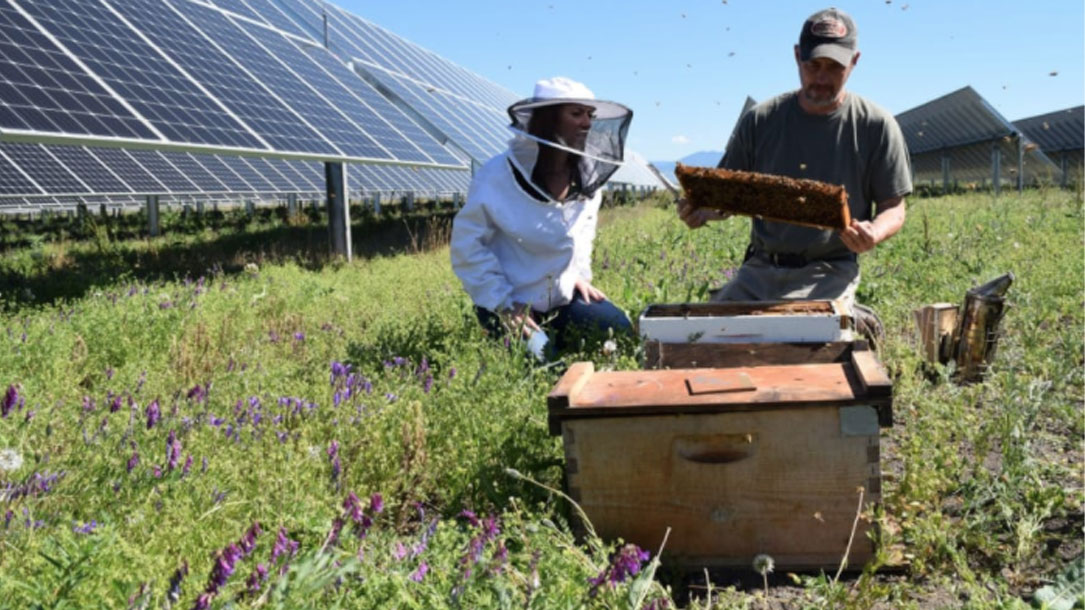
This new solar farm combines clean energy and bee hives
For pollinators, sprawling solar plants can provide space for much-needed habitat. (By the spring of 2019, when the new native plants are more established, the Eagle Point solar farm will offer 41 acres of new habitat.)
For nearby farms growing crops that rely on pollinators–at a time when thousands of wild pollinators are at risk of extinction, and beekeepers are still struggling to maintain their populations of honeybees–this type of project can also play a role in supporting the food supply…
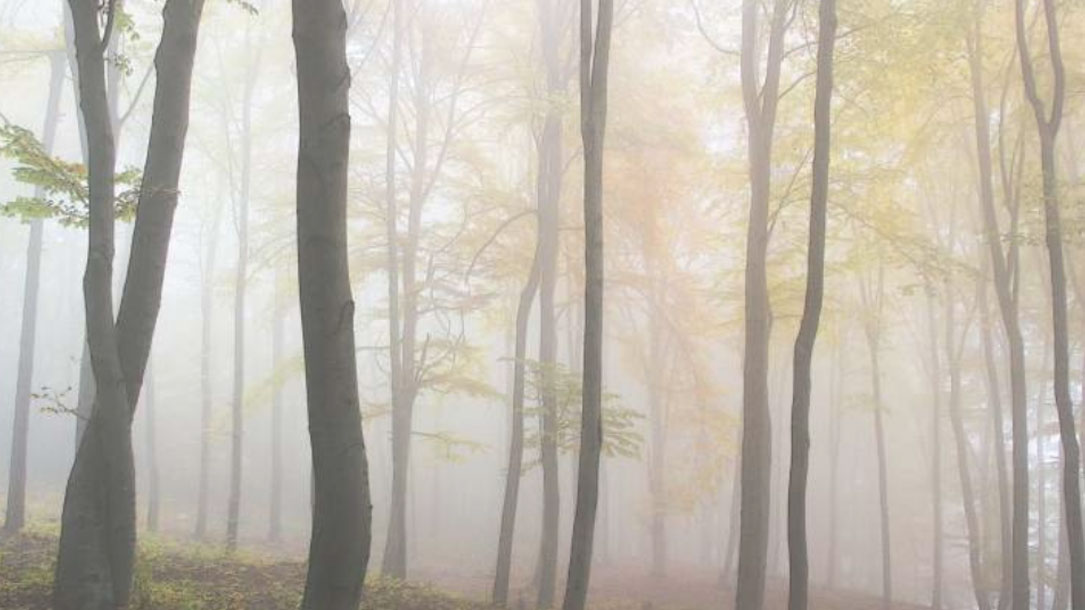
Forests may lose the ability to protect against extremes of climate change
Kimberley Davis is a University of Montana postdoctoral research associate and the lead author of the study that suggests some forests will lose their capacity to buffer climate extremes as water becomes limited at many sites.
“Changes in water balance, combined with accelerating canopy losses due to increases in the frequency and severity of disturbance, will create many changes in the microclimate conditions of western U.S. forests,” Davis said…
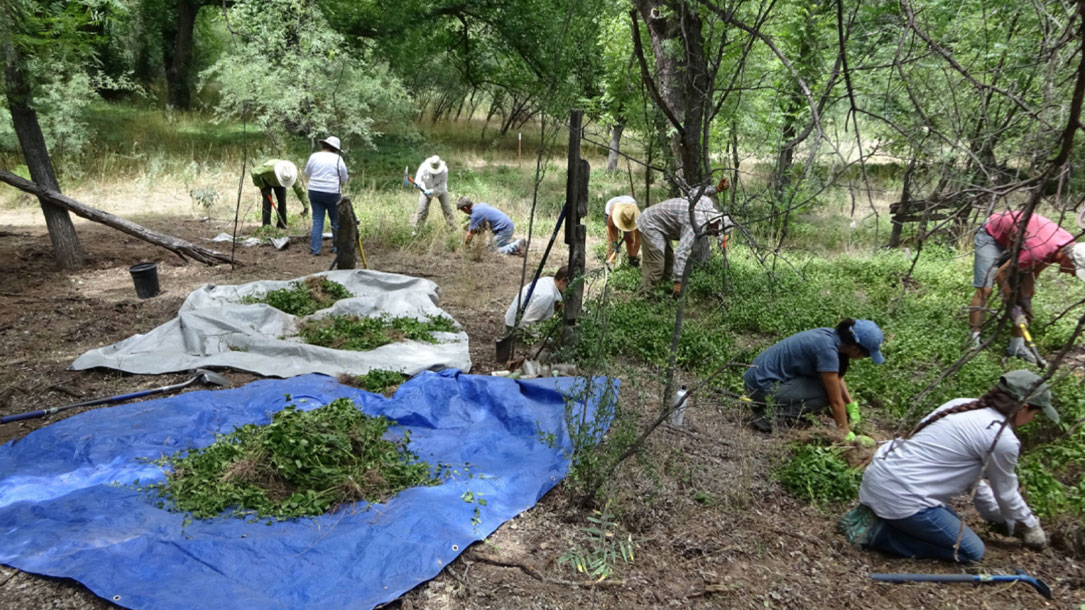
Climate change is making it harder to revive damaged land
In the early 1980s, ecological restoration was much like cleaning up after a rowdy house party: trying to return a degraded habitat to its former pristine condition… “I’ve always been taught that restoration is about taking a degraded site and restoring it back to what it was before the disturbance,” Campbell said.
But increasingly, scientists who study ecosystems, as well as land managers who do restoration work, are questioning that model of ecological restoration, which relies on the idea of a stable “climax community,” even though many ecosystems are always changing…












